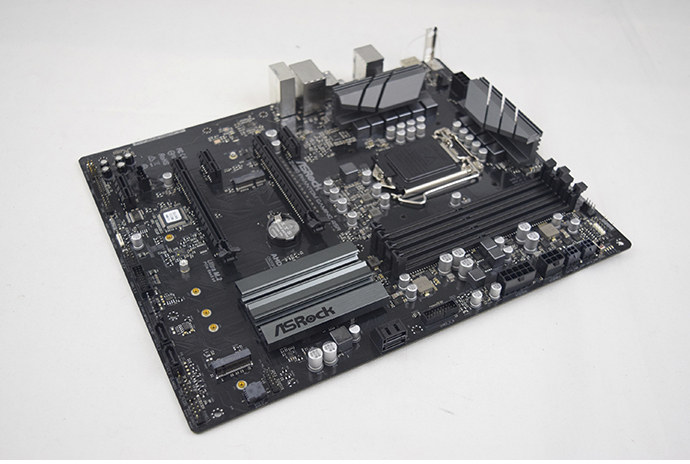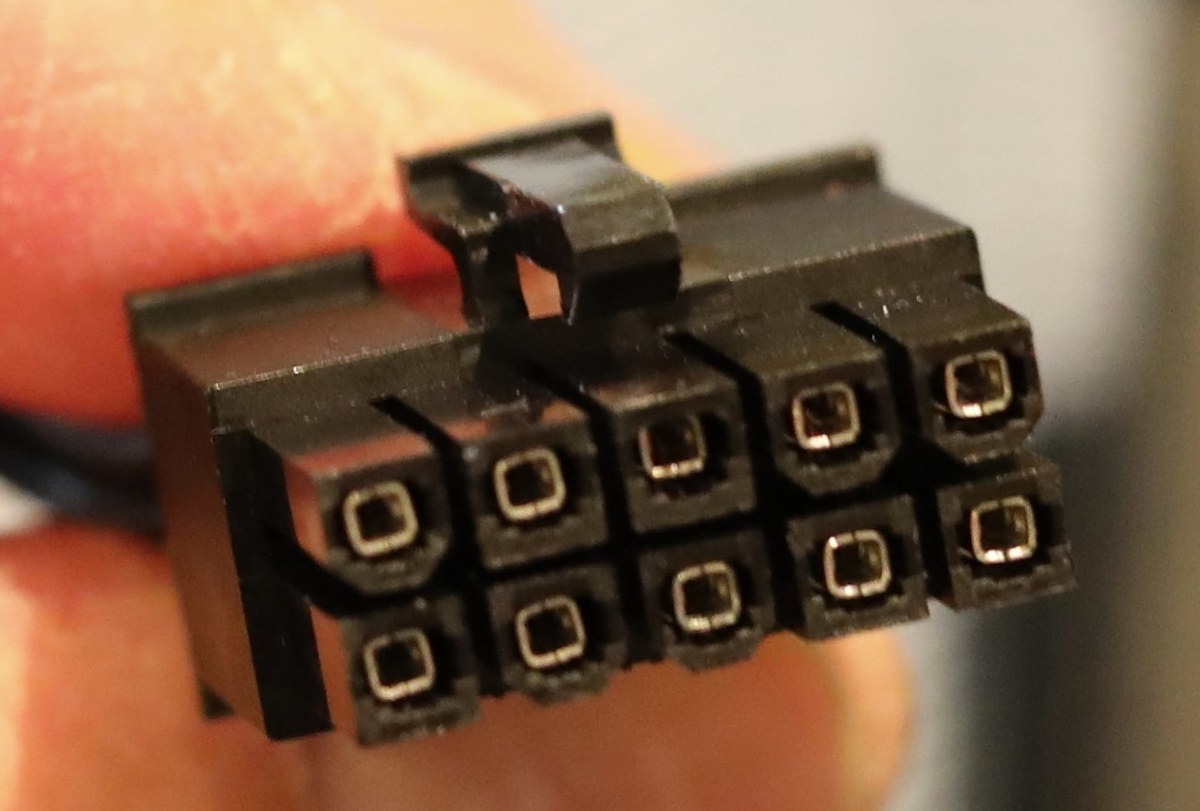I remember a few years back when I still used an AMD FX8350 power tower PC power consumption was about 75 Watts at idle, and around 15-20 Watts when the computer was turned off. Those are really high numbers especially considering many systems can now run under full-load for up to 15-20 Watts.
Power consumption has vastly improved since, but desktop computers are still not the most efficient even while idled or power off, so a new standard has been created. ATX12VO single rail power supply desktop platform form factor takes out the 3.3- and 5-volt rails from the power supply and relies on the motherboard instead that can handle those voltages more efficiently. The name makes sense as ATX12VO should read as ATX 12 Volts Only.

The new motherboard standard was at least partially designed to meet the requirements of upcoming new energy regulations for desktop computers in the US (EPA’s ENERGY STAR for Computers v8) and Japan (Top Runner program). ATX12V0 design guide was published in July 2019 for computers powered by 35W to 125W processors and it requires both a redesign of the motherboard and a new power supply.
The first ATX12VO motherboard has just been unveiled by ASRock with the Z490 Phantom Gaming 4S ATX12V0 motherboard equipped with an Intel Core S-series processor consuming 27% less during idle compared to a similar featured motherboard and ATX multi-rail power supply design. New power supplies will also be needed, and Intel is working with FSP, High Power, Channel Well Technology and Corsair to build ATX12VO power supply units.

A PCMag article has a few more insights explaining how higher efficiency is achieved:
Because ATX12VO removes so many rails, the thick 24-pin Main Power Connector would drastically drop down to a tiny 10-pin connector, similar to what we saw with Intel’s Compute Element earlier this year..
….
“Existing ATX multi-rail power supplies (5V, 3.3V, 12V, -12V, 5VSB) are not very efficient at low loads of today’s desktop computers when at idle,” according to Intel. Because the multi-rail power supply is sending very low current to all voltage rails, efficiency is just 50 percent to 60 percent.
The new ATX12VO spec significantly improves that efficiency. “By converting to a single rail power supply,” Intel explains, “the conversion losses can be minimized, reaching up to 75 percent efficiency at the same DC Load levels.”
From the end-user’s perspective, it does not change anything, except his electricity bill may be a bit lower. That’s unless of course you are a DIY PC builder, in which case you may consider your options between ATX12V and ATX12V0 standards. What’s unclear is when exactly ATX12V0 motherboards and power supplies will become available.

Jean-Luc started CNX Software in 2010 as a part-time endeavor, before quitting his job as a software engineering manager, and starting to write daily news, and reviews full time later in 2011.
Support CNX Software! Donate via cryptocurrencies, become a Patron on Patreon, or purchase goods on Amazon or Aliexpress. We also use affiliate links in articles to earn commissions if you make a purchase after clicking on those links.





Ah, yes. The good old days when a desktop PC also served as a space heater. I knew it shouldn’t be this way but change took longer than expected.
My current desktop uses a fanless J4105 motherboard with 2.5 inch HD and never goes over 50 watts.
> My current desktop uses a fanless J4105 motherboard with 2.5 inch HD and never goes over 50 watts
Well, the inefficiency of the old ATX ‘standard’ manifests itself more in idle or even off scenarios than under full load.
And this is still true with J4105 or other power efficient x86 CPUs. With an efficient power design as on the ODROID H2 for example your whole system idles at below 5W laptop power brick included. But put an J4105 motherboard inside an older PC case with ATX PSU and you’re easily +15W above (your 50 watts sound way too high BTW)
And the same is true even with way more powerful CPUs like the i7-9750H in my laptop. Whole system in a somewhat useless scenario (display off) idles at around or below 5W (at the wall so USB-C PSU included). I would believe it’s more about the power circuitry than the CPUs these days. At least as long as we’re talking about idle and ‘off’ consumption and not power efficiency under (full) load 🙂
>>>your 50 watts sound way too high BTW
I also have a DVD-RW drive in my desktop system which probably accounts for the peak levels that I have observed.
I have a j4105 as well as my server and it’s at 53 watts(measured by my UPS) but is driving 3 2.5” SSD and 6 3.5” spinning rust drives, as well as a SAS and extra NIC card.
I’m very surprised they picked 12V instead of 20 or so which would achieve even better efficiency with 64% less power losses in cables. Maybe they wanted to keep the compatibility with large disk arrays that some people have, which could require many converters. But anyway converters will be needed for the 5V rail for all these disks and SSDs. We could imagine having them on small PCBs inline with the SATA or Molex power connector.
> Maybe they wanted to keep the compatibility with large disk arrays
I would believe it’s PCIe cards instead since what’s inside today’s PCs aside the CPU that needs a lot of juice?
You’re absolutely right, I completely forgot about these crap because I got rid of them when I finally got a low-power VGA controller inside my CPU 🙂
12V allows all the current PC components to be retained. Otherwise new spinning rust disk drives, DVD/Blueray drives, PCI drives, fans and VRMs. Even the power supply companies would have to do a major rework as they would not just be dropping current power rails, but also changing the remaining rail.
Pentium IV should have triggered higher voltage power supply, if so, probably 24V would have been a more widely used industrial standard then?
If we keep standards (like in the old days of i286’s) maybe doubling cable cross sections would be an intermediate work around until consumer computing is on mobile power envelopes again (even below i286, but higher performance, like Snapdragon 865 Cortex-A77 or iPhone’s A14)
That picture of the connector is not of the actual ATX12VO 10 pin connector. That is a molex 39012105 or a knock-off of a molex 39012105. The shapes on the connector are in a different order on the new ATX12VO connector so they are not interchangeable.